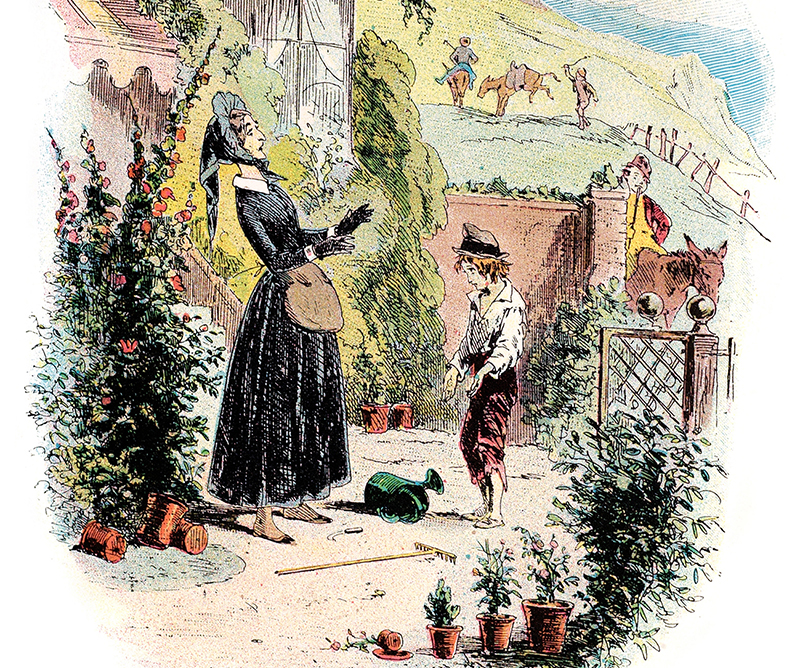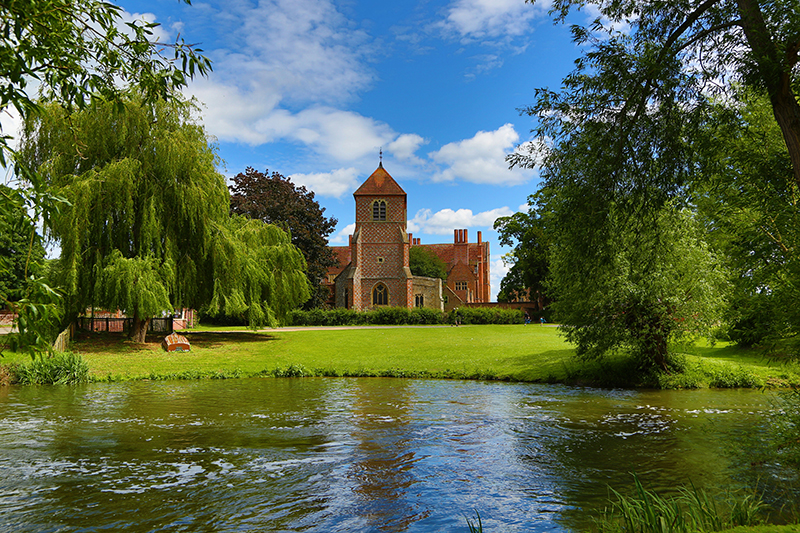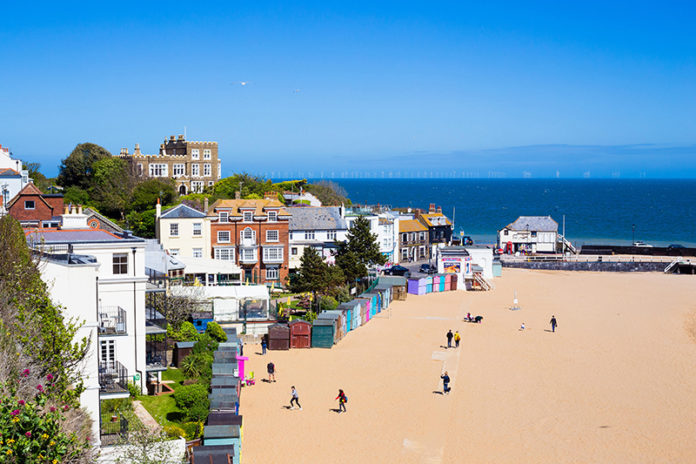We visit the places that inspired iconic summer scenes in the works of some of our favourite authors
It is the brightest day you ever saw. The sun is sparkling on the water… The tide is in, and the fishing boats are dancing like mad.” Charles Dickens, writing to a friend in 1841, simply loved Broadstairs and nearly every summer from 1837 to 1859 he escaped to the Kent seaside resort in order to work on his bestselling novels away from London’s bustle.
Most notably he put the finishing touches to David Copperfield while ensconced at cliff-top Fort House – now known as Bleak House – and modelled his character Betsey Trotwood on local resident Miss Mary Pearson Strong: the latter’s aversion to donkeys passing in front of her home on Victoria Parade was transformed into Betsey’s “incessant war” against the donkey- boys. “Jugs of water, and watering-pots, were kept in secret places ready to be discharged on the offending boys; sticks were laid in ambush behind the door…”
You can follow a town trail around Broadstairs’ cobbled squares and shermen’s cottages to discover Dickens’ haunts, and tour Bleak House, today offering luxury B&B-style accommodation that includes the author’s original bedroom, with use of his study overlooking the fabulous horseshoe of Viking Bay. Miss Strong’s cottage has become the Dickens House Museum, where Copperfield fans will recognise the square gravelled garden and old-fashioned parlour.
With sun and warmth (hopefully) filling our days, now is the ideal time to visit the places that have inspired iconic summer scenes in the works of some of our most popular authors: from picnics on the Cornish coast with poet John Betjeman (“Sand in the sandwiches, wasps in the tea” – ‘Trebetherick’) to walking amid woods with Wordsworth.

Jerome K Jerome originally intended Three Men in a Boat (1889) to be a serious guide to the Thames, “its quiet backwaters, its sleepy towns and ancient villages”. But the tale quickly turned instead into a classic of British humour charting the accident-prone rowing holiday of the eponymous three men and Montmorency the dog.
Heading upriver from Kingston, London, the heroes niggle about ‘loud’ blazers and burnt breakfasts; sense the centuries slip back to 1215 and imagine themselves waiting to witness King John set his seal on Magna Carta at Runnymede.
Passing Cliveden Woods in Berkshire (“In its unbroken loveliness… perhaps, the sweetest stretch of all the river”) and Cookham, they rejoice in feeling “like knights of some old legend, sailing across some mystic lake into the unknown realm of twilight, unto the great land of the sunset…” and crash into a punt of disgruntled shermen.
You, too, can cast off for all sorts of excursions on the Thames (without the mishaps), including from London, Windsor, around Cliveden, Henley and Oxford: hiring rowing boats or picnic punts, going on sightseeing trips or themed cruises (www.visitthames.co.uk).
And while Jerome’s not-so-doughty heroes, dampened by a little summer rain, abandon their holiday at Pangbourne, you would do well to explore further. As the Water Rat says in children’s favourite, The Wind in the Willows (1908), “there is nothing – absolutely nothing – half so much worth doing as simply messing about in boats”.

Kenneth Grahame’s tale of Mole, Badger, Ratty and Mr Toad grew from bedtime stories he told his son Alastair while living at nearby Cookham Dean, plundering his own dreamy childhood memories of the river, woodlands and wildlife; Grahame lived his final years at Pangbourne.
Summer is made for children’s adventures, and for Winnie-the-Pooh fans an ‘expotition’ to Ashdown Forest in East Sussex, where A A Milne set his whimsical tales in the 1920s, is a must. Or share a slightly later era of innocence and adventure Swallows and Amazons style with Arthur Ransome: boating in the Lake District or Norfolk Broads.
Discover more literary inspiration by reading the full interview, see Vol 87 Issue 4 of BRITAIN magazine on sale here






 © 2024
© 2024